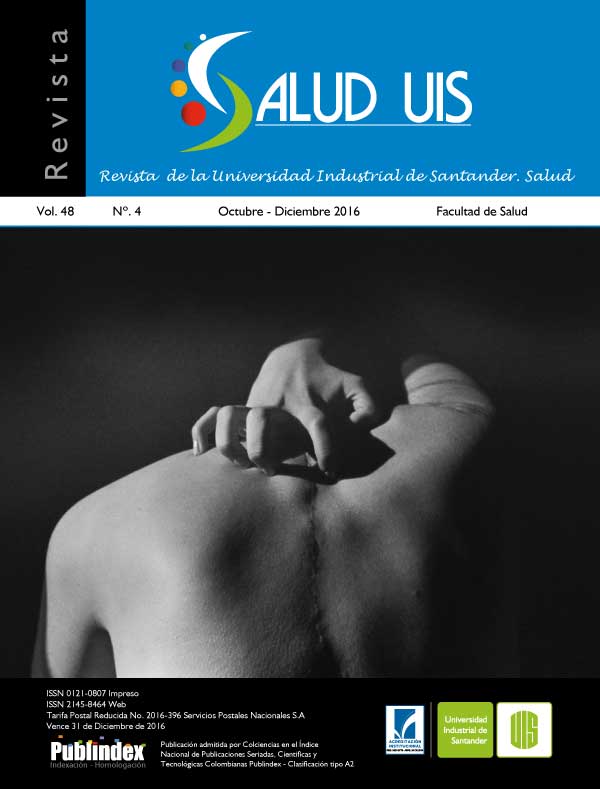Abstract
Introduction: Aging causes multiple structural and physiological changes in our respiratory system, which predisposes the development of pathological conditions related to this life stage. Respiratory exercises are commonly performed on ground, nevertheless it is believed that the aquatic environment provides better results due to its physical properties that favors the movement and thoracic expansion. Objective: To describe the effect of a respiratory and aerobic program exercises in an aquatic environment versus a land environment for elderly people. Methods: Quasi-experimental study, longitudinal-prospective. 28 elderly than 60 years old were included and were distributed in two groups: aquatic and land, both groups received equitably a respiratory and aerobic exercise program during 10 weeks. Measurements were made before and after the program in the thoracic expansion (cirtometry), aerobic capacity (six minute walk test) and quality of life (WHOQOL-BREF questionnaire). Results: A statistically significant improvement in the thoracic expansion in both groups, with higher increases in the aquatic group (before 4.9±0.3; after 5.2±0.3 p<0.001). Life quality improvement in its four domains in the aquatic group: psychological domain (before 58.9±11.7; after 69.3±8.0, p=0.005), physical health (before 57.2±6.1; after 62.6±7.4 p=0.057), social relationships (before 51.3±17.8; after 65.7±7.8, p=0.009) and environment (before 57.6±8.7; after 69.7±7.8, p<0.001); the data suggest a deterioration of the physical health dimension in the land group (before 65.4±12.1; after 61.2±3.0 p=0.409). There were not statistically significant differences in aerobic capacity between the groups. Conclusions: A respiratory and aerobic program exercises made in an aquatic and land environment showed a significant increase in thoracic expansion. Nevertheless, the aquatic environment might be the most recommended, as it showed a greater increase in thoracic expansion and an increased perception of quality of life by the participants.

This work is licensed under a Creative Commons Attribution 4.0 International License.
Copyright (c) 2022 Nathalia Cardona Garcia, Juan Camilo Granada Ramirez, Mayra Alejandra Tapasco Ypia, Stefanie Tonguino-Rosero
